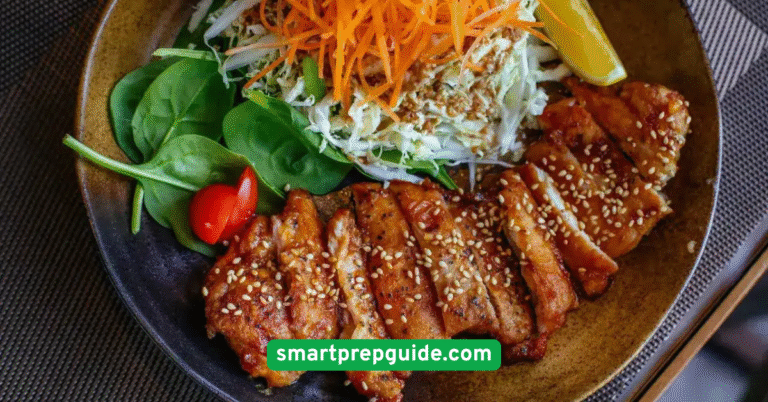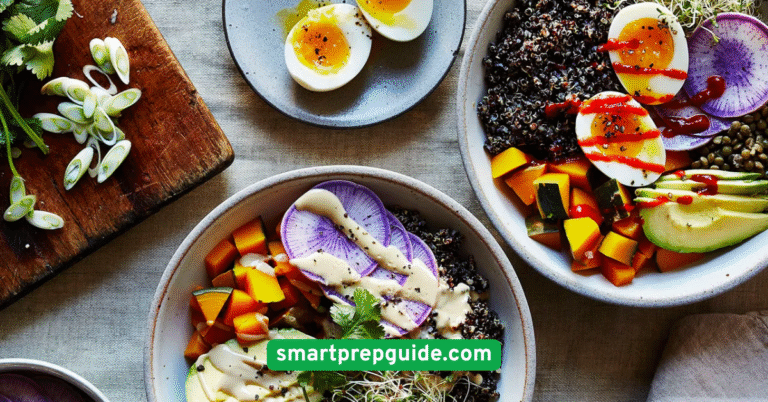12 Practical Meal Prep Ideas for Family Meals
1. Batch Cook Your Proteins
Cooking your proteins in bulk at the beginning of the week is one of the easiest ways to cut down on weeknight kitchen chaos. By grilling, roasting, or slow-cooking large portions of meat or plant-based proteins ahead of time, you can mix and match for different meals without starting from scratch each night.For example, roast several chicken breasts on Sunday, shred some for tacos, slice some for salads, and keep a few whole for quick sandwiches. You can do the same with ground beef, tofu, beans, or even lentils. Store them in labeled containers and portion them according to your family’s needs.Batch cooking also helps with portion control, reduces last-minute takeout runs, and keeps your weekly meal planning on track. Add some seasoning variety—lemon pepper for one batch, barbecue rub for another—to keep meals interesting all week.
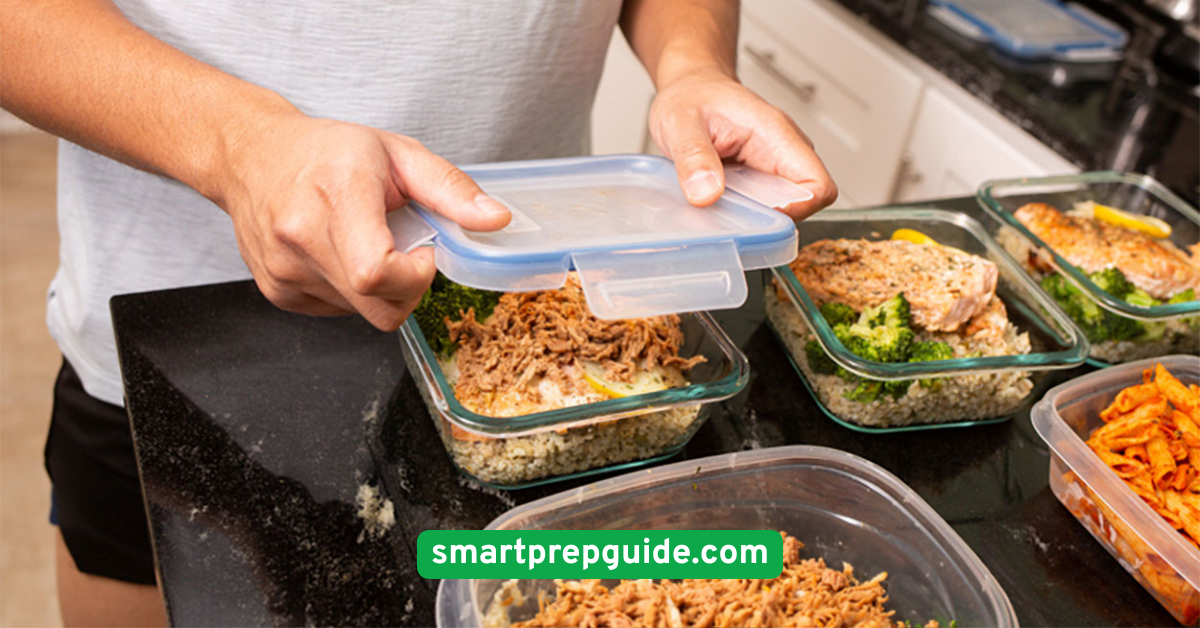
2. Plan Theme Nights
Theme nights aren’t just fun, they make your meal planning ridiculously easier. When you know that Monday is Meatless, Tuesday is for Tacos, and Friday is Pizza Night, you eliminate the guesswork. It helps everyone know what to expect and gives kids something to look forward to.Start by assigning a theme to each night based on your family’s tastes. Common themes include Stir-Fry Wednesday, Pasta Thursday, or Sheet Pan Sunday. These themes give structure to your weekly plan and make grocery shopping a breeze.Plus, theme nights are totally customizable. Want to make Taco Tuesday healthier? Try lettuce wraps or roasted veggie tacos. The consistency creates less stress, and the variety keeps it fresh.
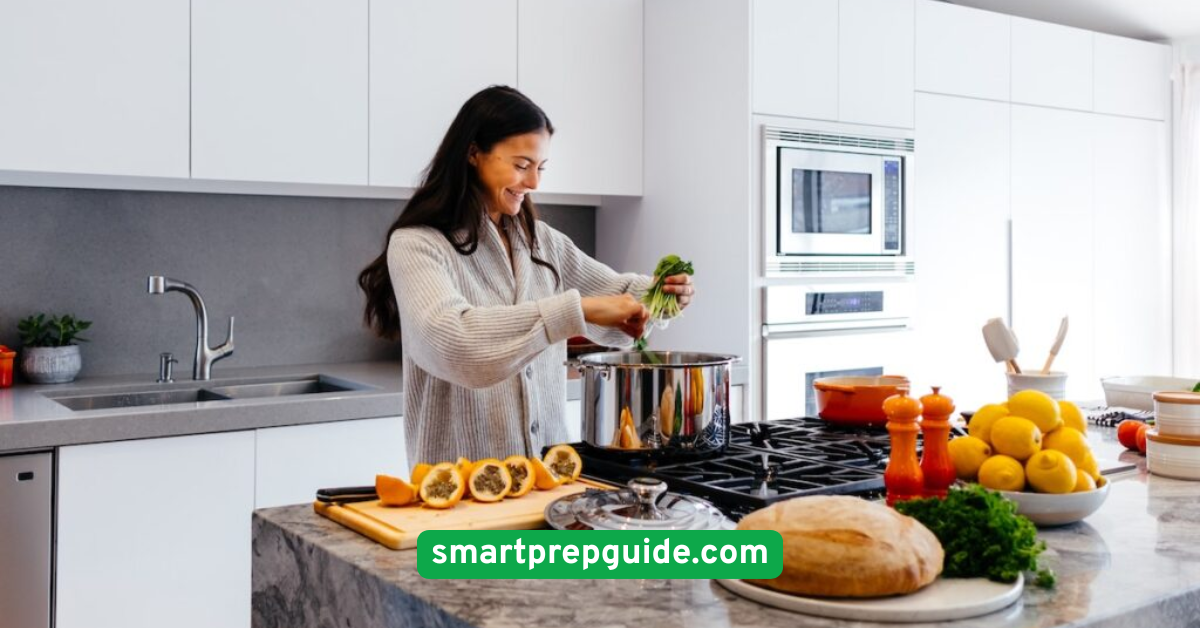
3. Prep and Freeze Casseroles
Casseroles are a family meal prep MVP—they’re hearty, freezer-friendly, and easy to customize. Spend a Sunday afternoon assembling a few pans of lasagna, enchiladas, or baked ziti. Cover them tightly with foil, label with the date and reheating instructions, and stack in the freezer.When life gets hectic, just thaw and bake. No chopping, mixing, or stressing required. Casseroles also allow for creative layering of vegetables, grains, and proteins, making them great for sneaking in extra nutrition without complaints from picky eaters.Don’t forget to freeze them in single or double-serving portions if you want easier grab-and-heat lunches too. It’s a simple strategy that can stretch your food budget and save your sanity.
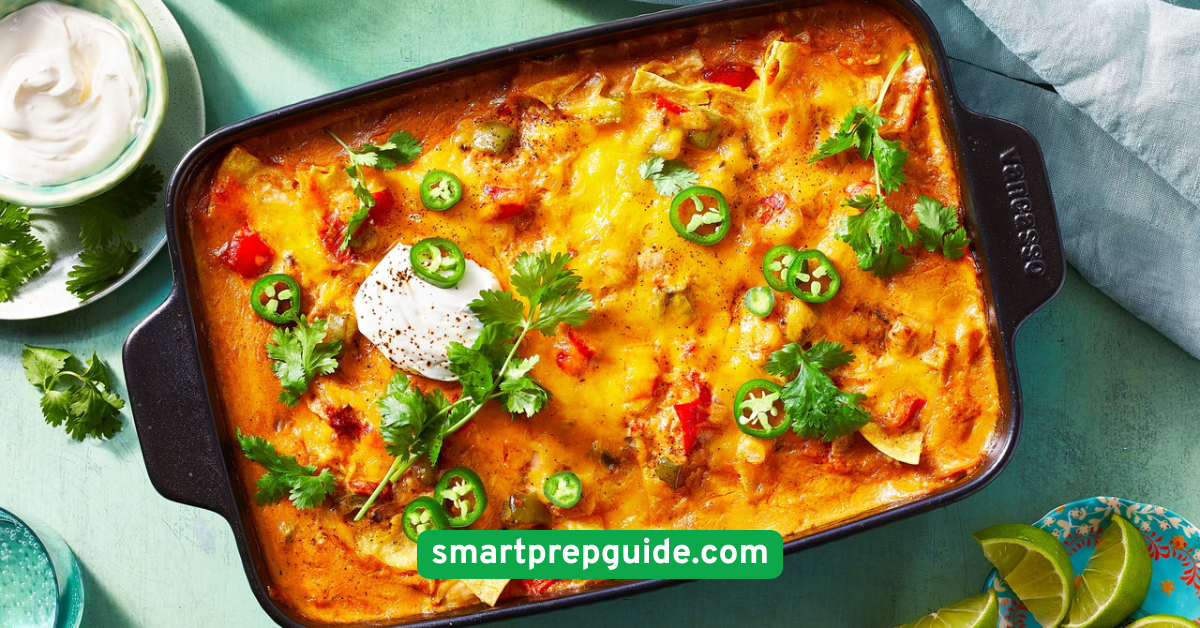
4. Chop Veggies in Advance
This tip is a game changer. Set aside 30 minutes on your meal prep day to wash, peel, and chop your week’s vegetables. Carrots, bell peppers, onions, broccoli, and cucumbers are great options that store well.Store them in clear containers or resealable bags, grouped by type or by recipe. That way, when it’s time to cook, you just grab, dump, and go. Stir-fries, soups, wraps, and salads come together in minutes when the knife work is already done.This also reduces the temptation to skip veggies when you’re short on time. Prepped veggies make it more likely you’ll add them to every meal, boosting your family’s fiber and nutrient intake.
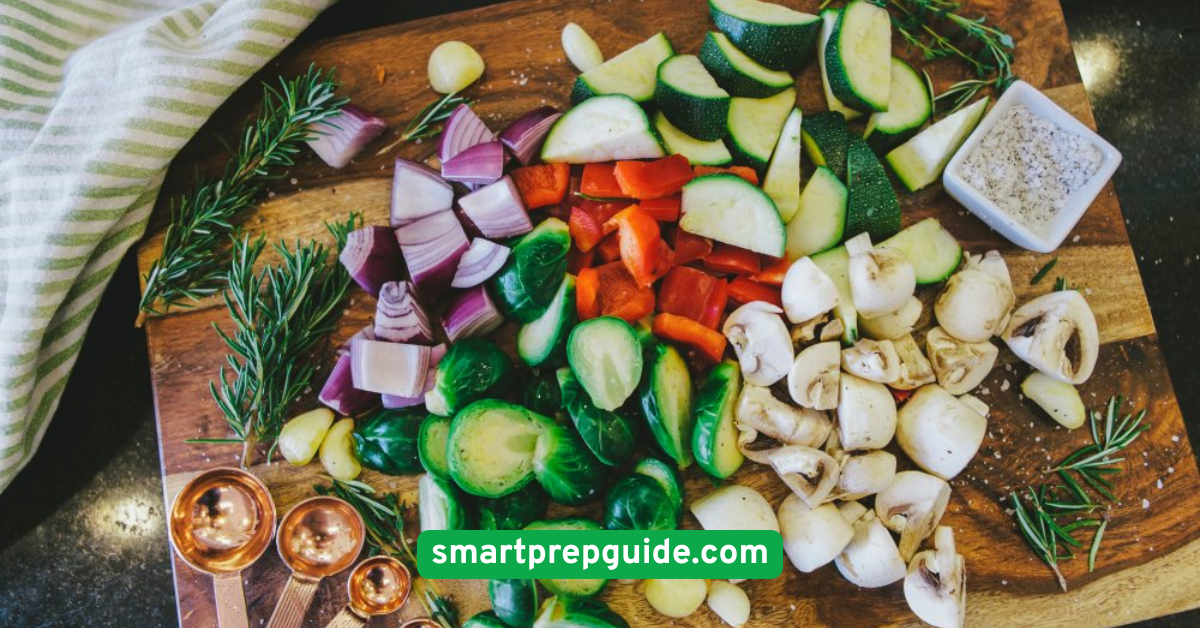
5. Use Slow Cookers or Instant Pots
Set it and forget it! Slow cookers and Instant Pots are a meal prepper’s best friend. They let you toss in a few ingredients in the morning and come home to a hot, ready-to-eat meal in the evening.Think hearty stews, shredded chicken, chili, or even oatmeal. For an even faster option, prep the ingredients the night before and store them in the fridge. In the morning, just dump them in, press a button, and let the magic happen.Instant Pots are perfect for cooking staples like rice, beans, or soups quickly and in bulk. These tools eliminate excuses for not cooking and help you stretch affordable ingredients into multiple meals.
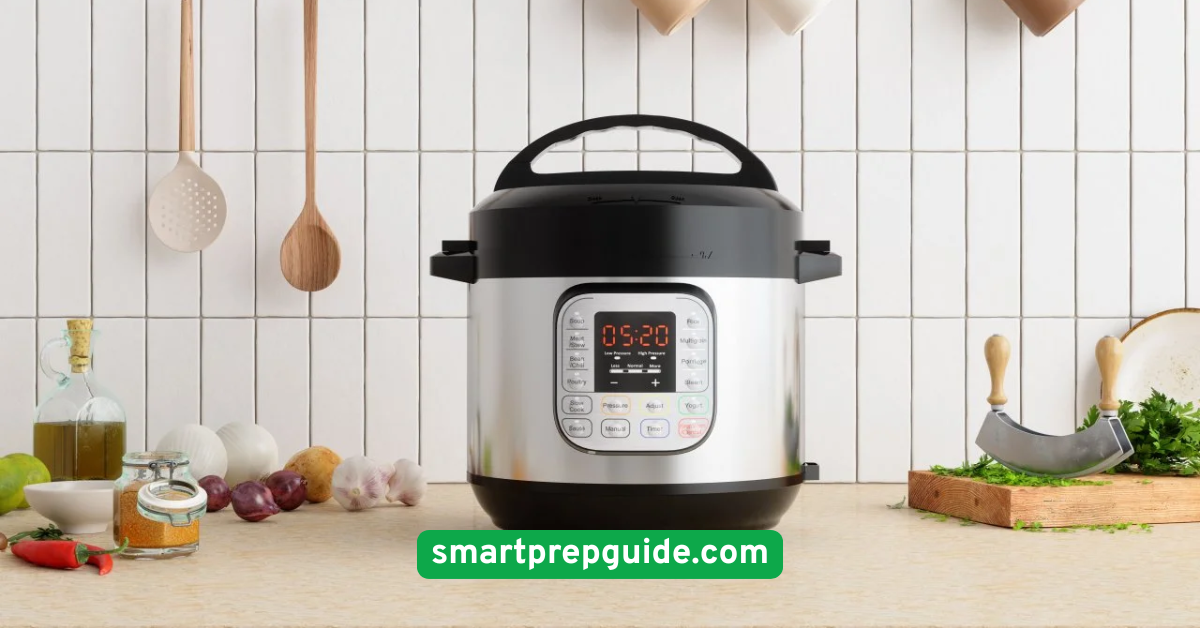
6. Make Overnight Breakfasts
Breakfast is often the most rushed part of the day, especially with school-aged kids. Prep overnight oats, egg muffins, or chia puddings the night before to ensure everyone gets a healthy start.Overnight oats can be customized with fruits, nuts, seeds, and a splash of honey or maple syrup. Egg muffins loaded with spinach, cheese, or diced veggies can be baked in batches and stored in the fridge or freezer.These make-ahead breakfasts are grab-and-go friendly, full of protein and fiber, and way cheaper than drive-thru alternatives. Plus, kids can help make their own jars, which makes them more likely to eat them.
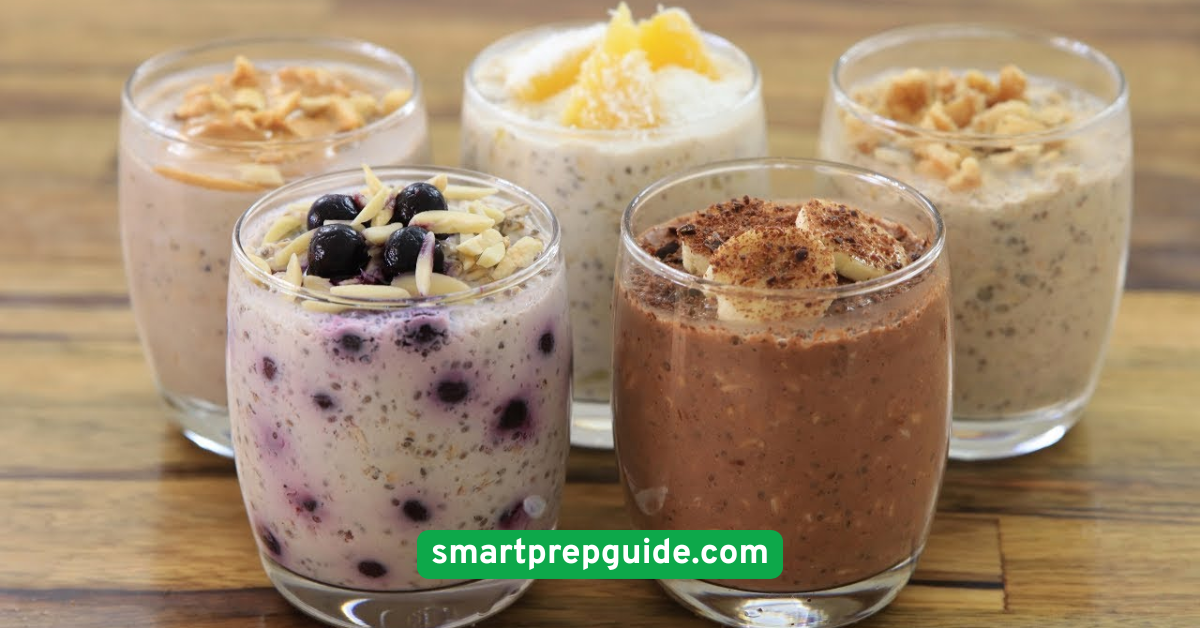
7. Prep Snack Packs
Snacks can make or break your food budget if you rely on packaged items. Instead, prep your own grab-and-go snack packs. Think sliced apples with nut butter, veggie sticks with hummus, or trail mix in resealable containers.You can even use bento-style boxes to prep snack plates that double as light lunches for kids. Prepping snacks reduces food waste, supports portion control, and helps manage those late-afternoon hangry meltdowns.Store them in a separate bin in the fridge or pantry so everyone knows where to find their snack stash. It encourages healthy choices and saves time.
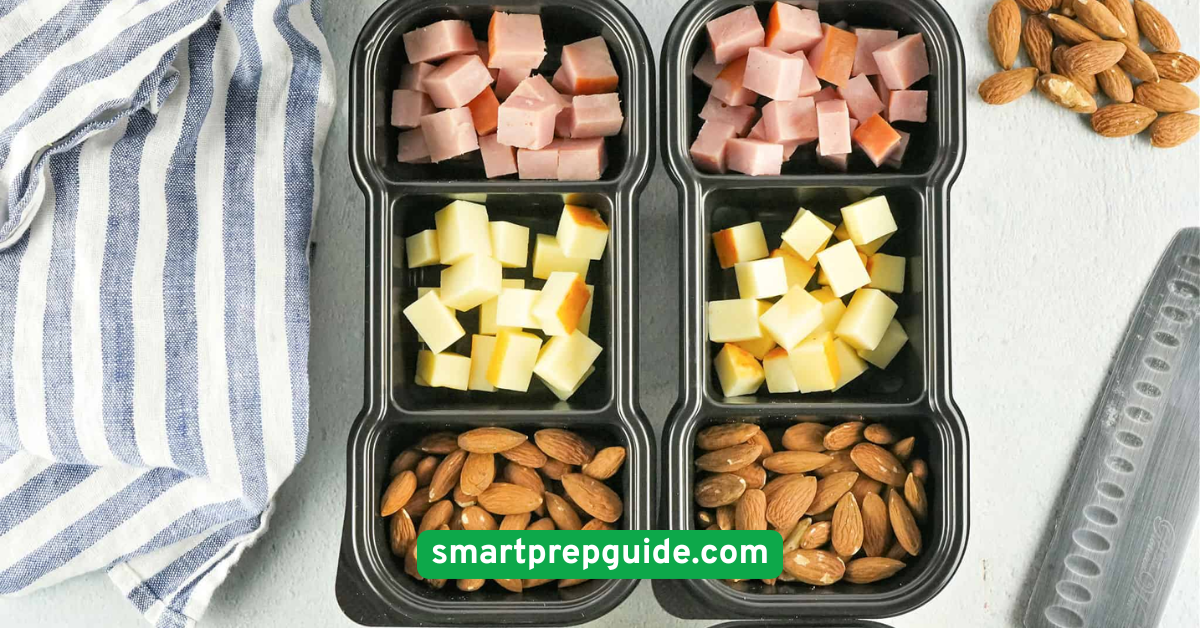
8. Double Recipes for Leftovers
Cook once, eat twice. It’s a golden rule of family meal prep. When you double recipes, you ensure tomorrow’s lunch or dinner is already done.This works great with soups, pasta dishes, casseroles, and stir-fries. You can even reinvent leftovers—last night’s roasted chicken becomes today’s quesadillas or salad toppers.Having leftovers also reduces stress on nights when you’re too tired to cook. Store them in meal-sized containers to make reheating easier and faster.
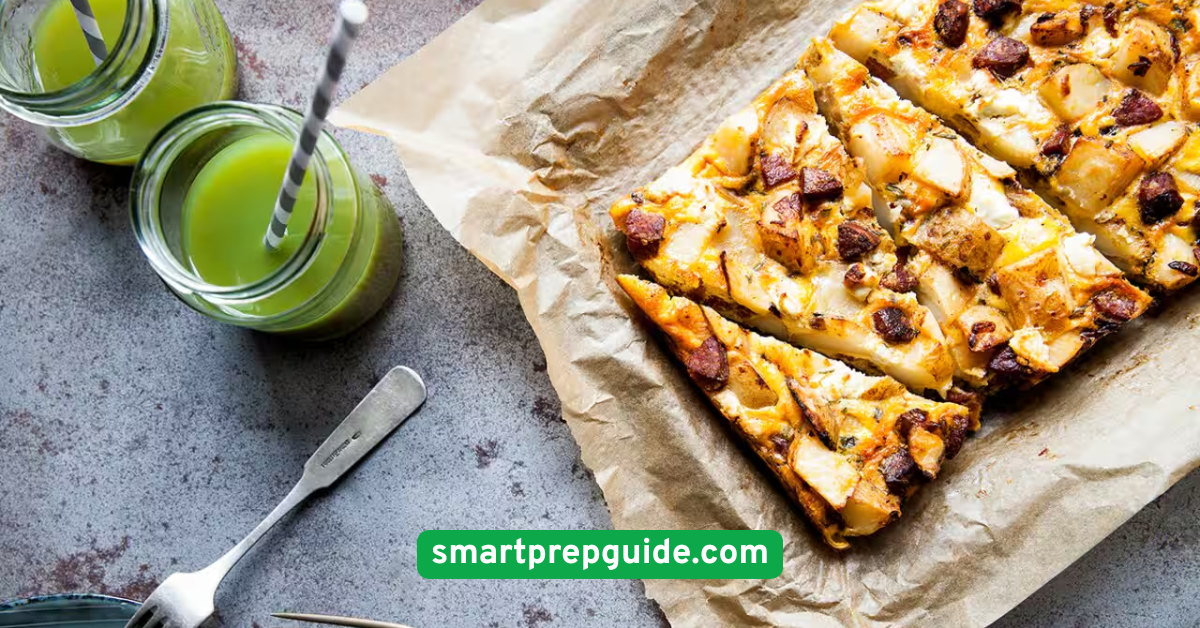
9. Label and Date Everything
It might sound simple, but labeling and dating your food is key to staying organized and reducing waste. Use masking tape, freezer labels, or erasable stickers to mark containers with the prep date and contents.This makes it easier to use food before it spoils and avoids the dreaded “mystery container” in the back of the fridge. You’ll save money and time by not having to guess what’s safe to eat.Keeping track also helps you plan next week’s meals based on what you already have, which keeps your grocery bill in check.
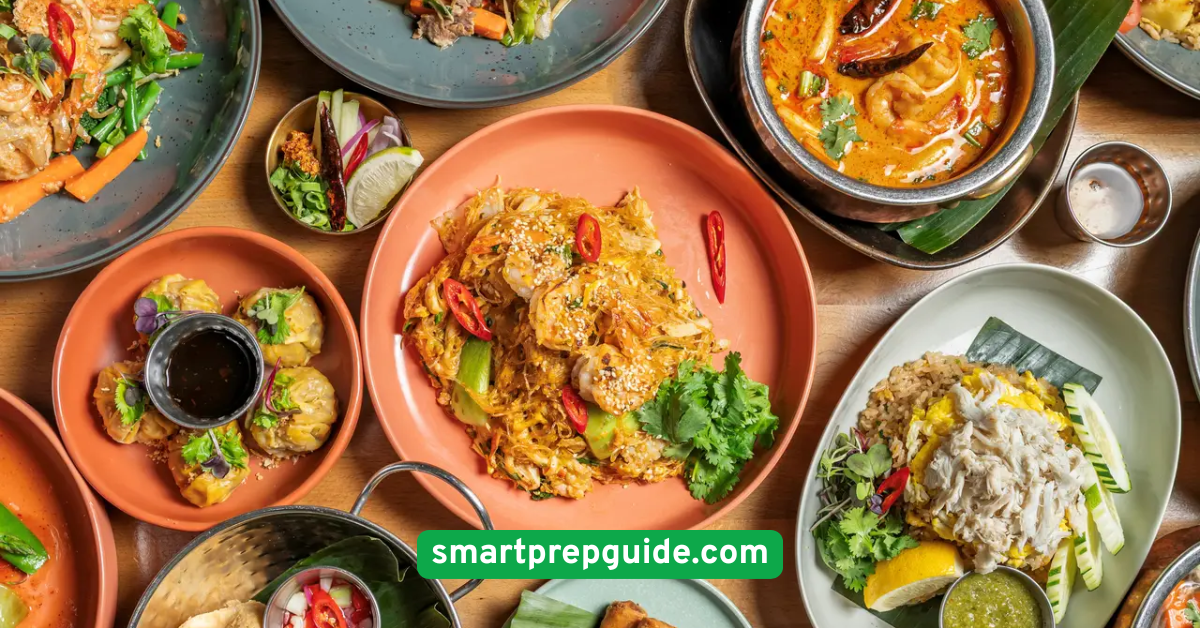
10. Use Clear Bins for Fridge Organization
Clear storage bins might seem like a small thing, but they can have a big impact on your meal prep system. Group foods by meals or categories—breakfast items, lunches, dinners, snacks—to keep your fridge tidy and your prep streamlined.When everything has a place, you reduce the chance of food getting lost or going bad. Plus, kids and spouses can easily grab what they need without destroying your beautifully organized fridge.It also helps with inventory control. You can see what needs replenishing at a glance, making shopping and prepping a lot easier.
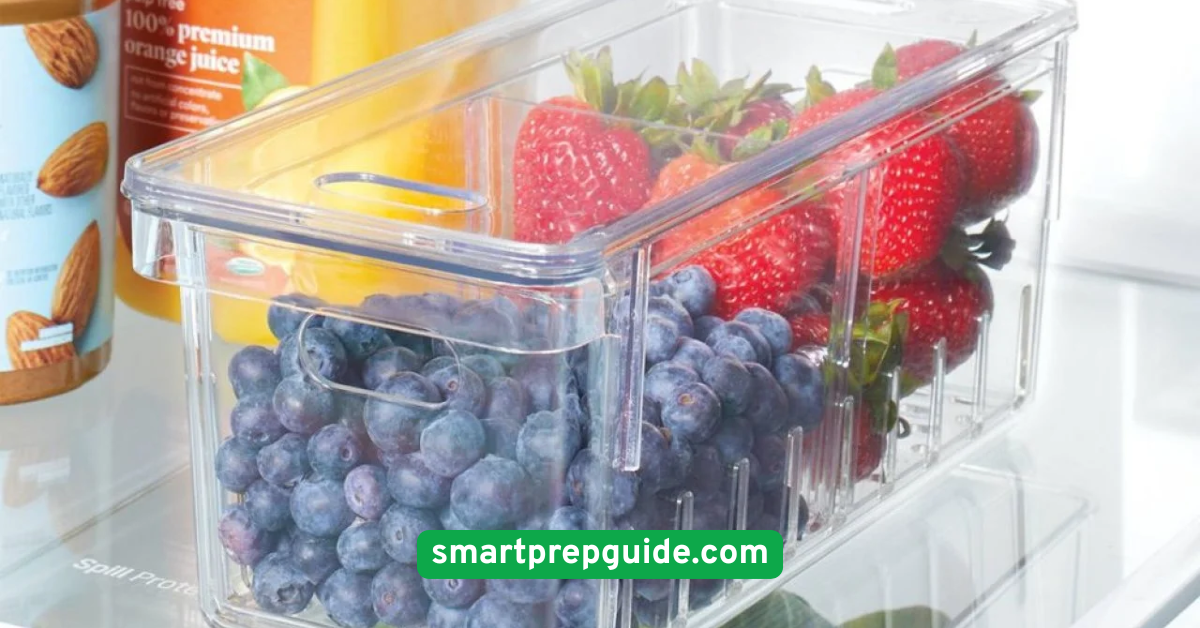
11. Create a Weekly Prep Schedule
Consistency is key when it comes to meal prep. Choose a specific day—Sunday, for example—to plan your meals, prep your ingredients, and set yourself up for success.Use that time to wash produce, cook proteins, portion snacks, and label containers. A weekly checklist or printable meal planner can help you stay on track.The goal isn’t to prep every single meal for the week but to build a foundation. With your main ingredients ready, assembling meals becomes faster and less stressful.
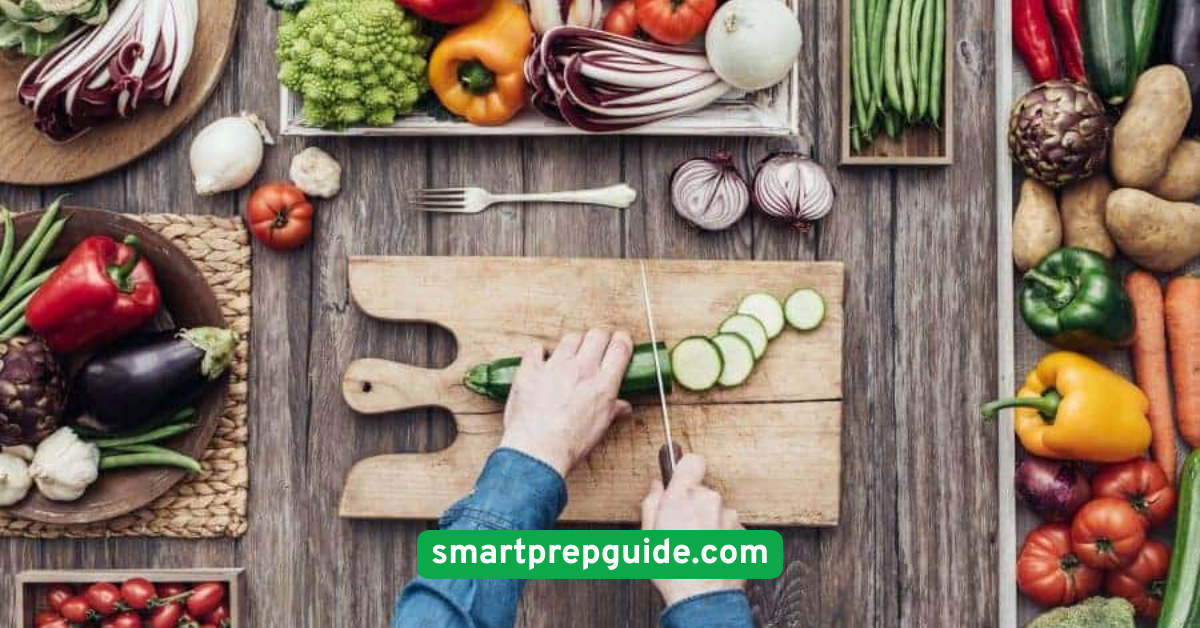
12. Get the Family Involved
Meal prep doesn’t have to be a one-person show. Involve your spouse and kids in age-appropriate tasks like washing produce, stirring sauces, or packing snack boxes. It not only lightens your load but also teaches valuable kitchen skills.Younger kids can sort ingredients or place labels, while older children can help chop, measure, and even cook simple dishes. The more your family helps, the more invested they are in eating the meals you prepare.Plus, it can be a bonding experience. Turn on some music, assign everyone a job, and make it a team effort!
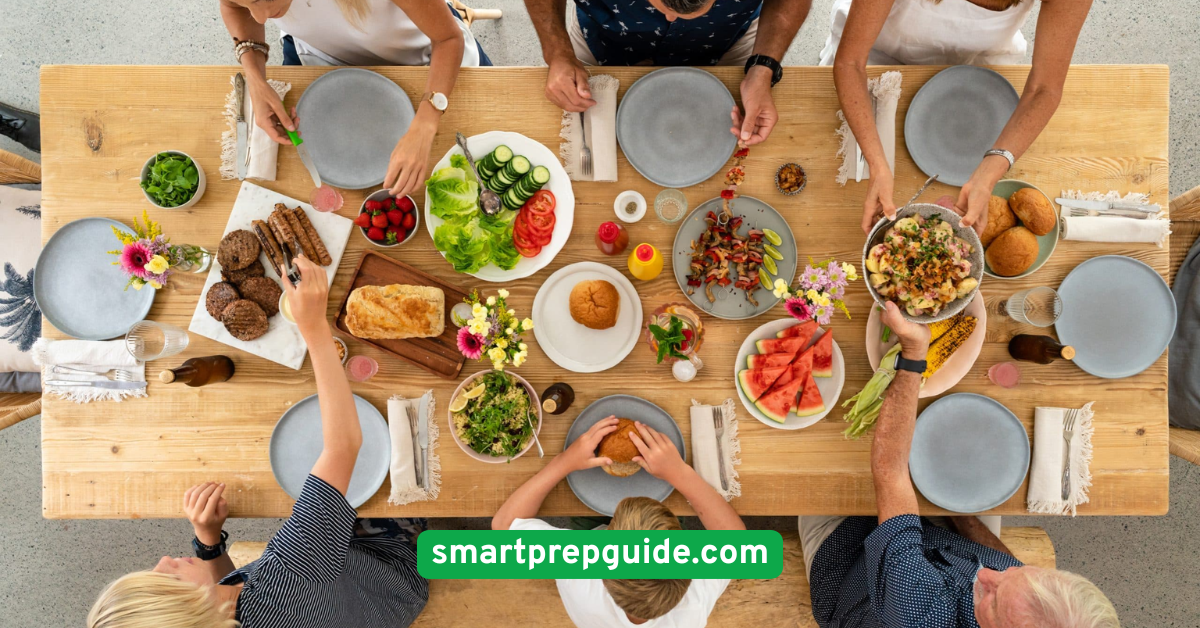
Conclusion
Meal prep is more than just a food trend—it’s a lifestyle upgrade for busy families. These 12 practical meal prep ideas for family meals are designed to save you time, reduce food waste, and bring more ease to your evenings. From batch cooking proteins to involving the whole family, each tip helps you build a smarter, more sustainable kitchen routine. Whether you’re prepping a week of dinners or just trying to survive Monday night, the key is starting small and being consistent. So grab your grocery list, put on your apron, and let meal prep work its magic. With a little planning today, you’ll have more time for what matters most: spending it with your family.

